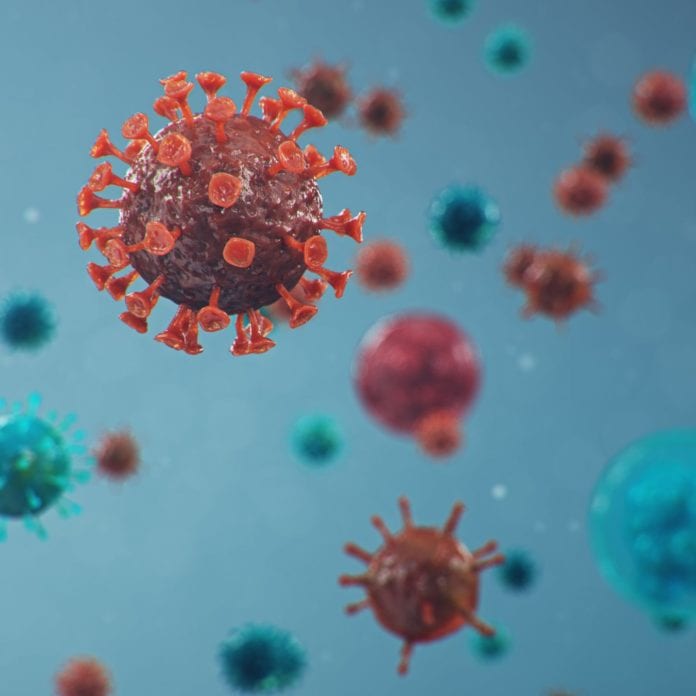As the world moves into the fourth year of the COVID-19 pandemic, the landscape of the virus and its impact continues to evolve. Recent developments highlight both progress in combating the disease and the challenges that remain. This article provides an update on the latest news, scientific advancements the georgia bulletin.com, and the ongoing efforts to control COVID-19 globally.
Table of Contents
ToggleCurrent Global Situation
The World Health Organization (WHO) reports that while the number of new COVID-19 cases and deaths has declined significantly compared to the peak of the pandemic, the virus is far from being eradicated. Countries are experiencing fluctuating case numbers, often influenced by the emergence of new variants and changes in public health measures. Vaccination rates, which vary widely across different regions, remain a crucial factor in managing the spread and severity of the disease.
New Variants and Their Impact
One of the significant concerns in the ongoing fight against COVID-19 is the emergence of new variants. The Omicron variant, first identified in late 2021, has continued to mutate, leading to subvariants such as BA.4 and BA.5, which have shown increased transmissibility. These subvariants have caused localized surges in cases, although widespread vaccination and prior infections have generally kept hospitalization and death rates lower than in previous waves.
Researchers are closely monitoring these variants to understand their implications for vaccine efficacy and public health strategies. There is ongoing work to update vaccines to better target these newer strains, aiming to provide more robust protection.
Vaccination Efforts and Innovations
Vaccination remains the cornerstone of the global strategy to control COVID-19. As of mid-2024, over 13 billion doses of COVID-19 vaccines have been administered worldwide. Booster campaigns are underway in many countries, with a focus on vulnerable populations and healthcare workers.
Recent innovations in vaccine technology include the development of variant-specific boosters and efforts to create a universal coronavirus vaccine. The latter aims to provide broad protection against multiple strains, potentially reducing the need for frequent updates and boosters.
Long COVID and Healthcare Challenges
Long COVID, a condition characterized by persistent symptoms following the acute phase of the infection, continues to affect millions of people globally. Symptoms can include fatigue, cognitive impairment, and respiratory problems, significantly impacting quality of life and healthcare systems.
Healthcare providers are grappling with the need to support long COVID patients while managing ongoing pandemic-related demands. Research into the causes and treatments of long COVID is a priority, with studies exploring the potential benefits of antiviral treatments, rehabilitation programs, and other therapeutic approaches.
Public Health Policies and Future Outlook
Public health policies remain a dynamic aspect of the pandemic response. Many countries have shifted from broad restrictions to more targeted measures, such as promoting vaccination, maintaining indoor mask mandates in high-risk settings, and enhancing testing and contact tracing capabilities.
Looking ahead, the global community is focused on achieving higher vaccination coverage, especially in low- and middle-income countries, to reduce the risk of new variants and ensure equitable access to healthcare. Continued international cooperation and investment in public health infrastructure are essential to managing COVID-19 and preparing for future pandemics.
Conclusion
The fight against COVID-19 is ongoing, with both successes and challenges along the way. Advances in vaccines and treatments offer hope, but vigilance is necessary to address the evolving nature of the virus and its impact on global health. By staying informed and adapting strategies, the world can continue to move toward a future where COVID-19 is a manageable part of life.


